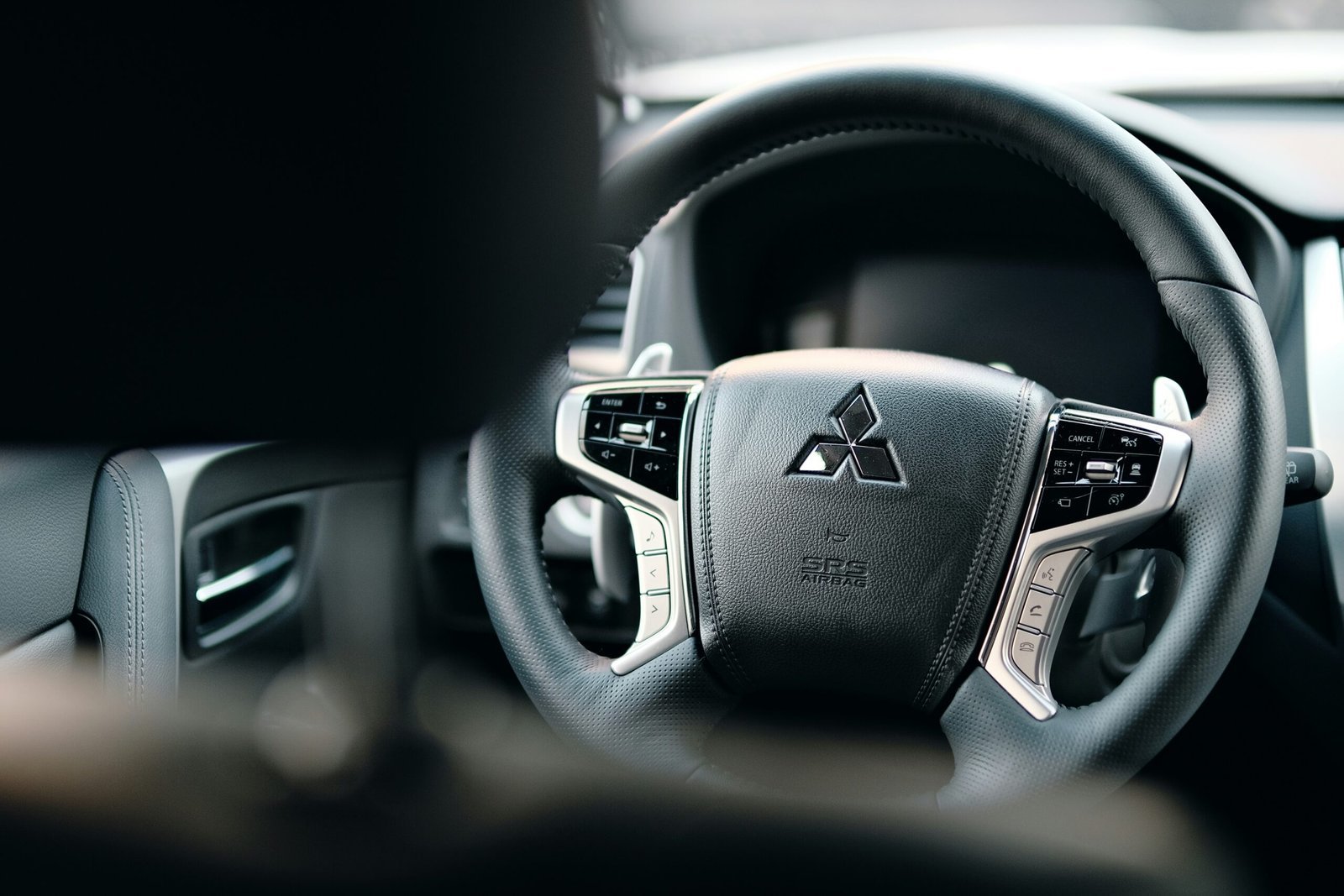
Introduction to Motorcycle Tech
Motorcycles are not just a mode of transportation; they are a passion for many. Whether you are a seasoned rider or a newbie, understanding the technology behind motorcycles can enhance your riding experience and help you make informed decisions when it comes to maintenance and upgrades. In this blog post, we will explore some key aspects of motorcycle tech that every enthusiast should know.
The Engine: The Heart of a Motorcycle
When it comes to motorcycles, the engine is the heart of the machine. It is responsible for generating power and propelling the bike forward. Most motorcycles use either a two-stroke or a four-stroke engine.
A two-stroke engine completes the combustion cycle in just two strokes of the piston, whereas a four-stroke engine requires four strokes. Four-stroke engines are more common in modern motorcycles due to their better fuel efficiency and lower emissions.
The engine’s displacement, measured in cubic centimeters (cc), determines its power output. Higher displacement engines generally produce more power, but they also consume more fuel. It’s important to strike a balance between power and fuel efficiency based on your riding preferences.
Suspension: Ensuring a Smooth Ride
The suspension system plays a crucial role in providing a smooth and comfortable ride. It consists of several components, including forks at the front and a shock absorber at the rear.
The forks, typically made of steel or aluminum, absorb the impact from bumps and uneven surfaces. They compress and rebound to maintain contact between the tires and the road, ensuring stability and control. Adjustable forks allow riders to fine-tune the suspension according to their preferences and riding conditions.
The rear shock absorber, also known as the rear suspension, works in conjunction with the forks to absorb shocks and vibrations. It helps maintain traction and stability, especially during cornering and braking.
Braking Systems: Stopping Power
Efficient braking is essential for rider safety. Motorcycles employ different types of braking systems, including disc brakes and drum brakes.
Disc brakes consist of a rotor attached to the wheel and a caliper that houses brake pads. When the rider applies the brakes, hydraulic pressure forces the brake pads against the rotor, creating friction and slowing down the bike. Disc brakes offer better stopping power and are less prone to fading compared to drum brakes.
Drum brakes, on the other hand, use brake shoes that press against the inside of a drum attached to the wheel. While they are less effective than disc brakes, they are still commonly found on smaller and older motorcycles.
Transmission: Shifting Gears
The transmission system allows riders to shift gears and control the power delivery to the wheels. Most motorcycles use a manual transmission, operated by a foot lever and a hand lever.
A typical motorcycle transmission has multiple gears, usually ranging from four to six. Lower gears provide more torque for accelerating from a stop, while higher gears allow for higher speeds and fuel efficiency on the open road.
Some motorcycles also feature an automatic transmission, which eliminates the need for manual gear shifting. Automatic transmissions are popular among beginner riders or those who prefer a more relaxed riding experience.
Electronics and Safety Features
Modern motorcycles are equipped with a range of electronics and safety features to enhance the riding experience and improve safety.
One common electronic feature is fuel injection, which replaces traditional carburetors. Fuel injection systems deliver the precise amount of fuel to the engine, resulting in improved fuel efficiency and smoother power delivery.
Anti-lock Braking Systems (ABS) are another important safety feature found on many motorcycles. ABS prevents the wheels from locking up during hard braking, reducing the risk of skidding and maintaining control of the bike.
Other electronic features include traction control, which prevents wheel spin on slippery surfaces, and electronic suspension adjustment, which allows riders to adjust the suspension settings on the fly.
Maintenance and Upgrades
Proper maintenance is crucial for keeping your motorcycle in top condition and ensuring its longevity. Regular oil changes, chain lubrication, and tire inspections are some of the essential maintenance tasks.
When it comes to upgrades, there are endless possibilities to customize your motorcycle according to your preferences. Whether it’s upgrading the exhaust system for a better sound or installing aftermarket suspension components for improved handling, upgrades can enhance both the performance and aesthetics of your bike.
However, it’s important to ensure that any modifications comply with local regulations and do not compromise the safety and reliability of the motorcycle.
Conclusion
Understanding the technology behind motorcycles is not only fascinating but also essential for every rider. From the engine to the brakes and suspension, each component plays a vital role in delivering a thrilling and safe riding experience. By familiarizing yourself with motorcycle tech, you can make informed decisions, perform proper maintenance, and enjoy the open road with confidence.


